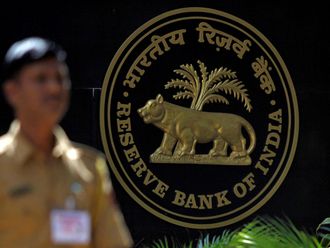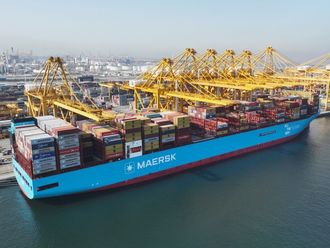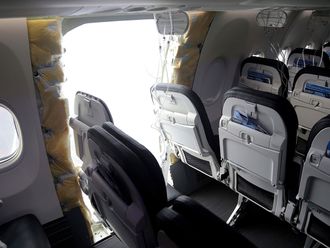Manila: Exporters and families of overseas Filipino workers (OFWs) were overjoyed with the strengthening of the US dollar and the consequent weakening of the Philippine peso, sources said.
“We can build our home and invest in apartments for the future,” said Nemi Ordinario whose two children receive dollars even if they work in a hotel in China and in a hospital in Saudi Arabia.
We need stronger dollars to be able to compete worldwide in the export business,” said a businessman who exports clothes and accessories. His company has not been very active because of the strengthening of the Philippine peso.
The peso has been steadily weakening after US Federal Reserve Governor Jerome Powell hinted about hiking interest rates.
The peso has been hovering (for sellers) from P44.80 (Dh3.65) to the dollar in banks, and P44.85 to the dollar in the black market. For days, the peso has been between P45.11 to P45.19 to a dollar in the Philippine Dealing System.
Other Asian currencies also weakened between March and June, with Thailand and Indonesia’s falling 4.8 per cent and 2.5 per cent, respectively.
Noting the dangerous downside of higher US interest rates and US dollar, economist Shang-Jin Wei of Manila-based Asian Development Bank warned that it can hurt issuers of foreign currency bonds, increase debt-servicing costs of countries with US dollar loans, and result in outflow of funds that can worsen Asia bond market’s low liquidity.
Reforms
It will erode the first quarter growth of bond markets in East Asia — already seen as a sign of Asia’s robust economy, said Shang-jin.
Despite the happiness brought by a strong US dollar to families of OFWS and export businesses, Shang-Jin suggested that Southeast, East and South Asian countries must reform financial markets and regulation practices to protect themselves from external economic woes.
Yearly, an estimated 10 million OFWs send $25 to $26 billion to their relatives in the Philippines, fuelling private investments on consumer products, education, and infrastructure.
Philippine export sales reached $4.376 billion in April 2015, or 4.1 per cent lower than the $4.563 billion data in April 2014. Decrease in sales was seen in eight of 10 export products such as minerals; manufactured products; woodcrafts and furniture; metal components; chemicals; ignition wiring set; other ignition wiring sets for aircrafts and ships; clothes and accessories; machinery; and transport equipment.












